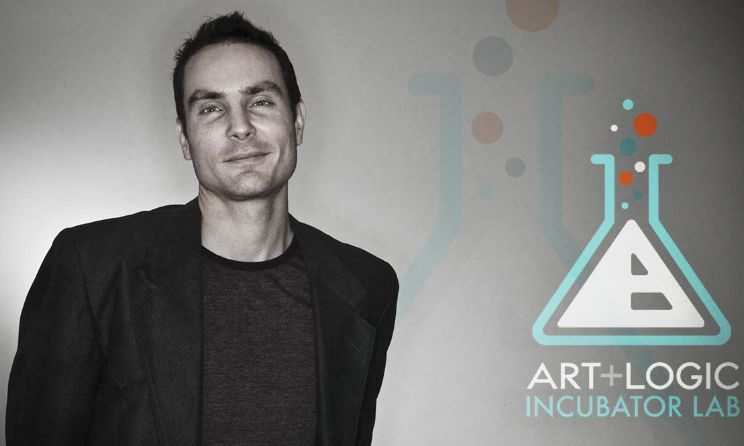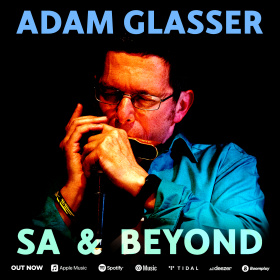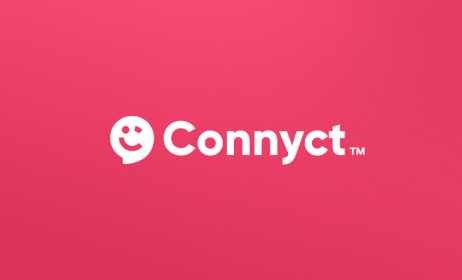US software innovator Art+Logic launches AI tool for audio pros
US software development company Art+Logic recently announced that it had launched an artificial intelligence (AI) tool for audio professionals called Vibrary.
 Musician and physics professor Dr Scott Hawley is the chief scientist behind Vibrary.
Musician and physics professor Dr Scott Hawley is the chief scientist behind Vibrary.
Vibrary, created in collaboration with Belmont University physics professor Dr Scott Hawley, is the company's first project from its incubator lab.
Vibrary uses machine learning to analyse short samples and loops. The audio and music instrument innovator says its design makes it easier for producers, composers and musicians to train their own models and classify sounds by sound, genre, feel or other characteristics, according to users' needs and preferences.
The open-source AI tool features an interface that makes training algorithms accessible to anyone with a computer, internet connection and a sound library.
"Much of the technology involved is straightforward, but what is unique about us is that we built a user-friendly utility that lets people train their own AI," Hawley said.
“Data scientists have to be careful in creating their data set. If you're a producer, you don't think like a data scientist. You may not get why your data are causing model prediction errors. We had to guide end users toward data and approaches that are helpful to them." For example, to adequately train a model, users need to tag a large number of files with a shared characteristic to ensure accuracy.
Hawley, who is also a musician, had been playing around with algorithms and audio files for years. He dubbed his experiments Panotti, which used spectrograms, the visual representations of sound and objects for algorithmic classification. Art+Logic then partnered with Hawley to create a simple interface that lets audio pros build their own AI without a data-science background.
"Hawley's interface was built in Python, but it wasn't something the overwhelming majority of users would have been able to configure," Art+Logic senior software developer Jason Bagley said. "We wanted something someone could download and start running immediately. We simplified things, automating a lot of processes.”
The Art+Logic team says they decided to make Vibrary open source rather than a commercial product to avoid limiting the features or define a single direction for the software.
"As open-source software, we can get it into people's hands and they can get creative," Bagley said.
More information on Vibrary can be found on Art+Logic's official website.



































Comments
Log in or register to post comments